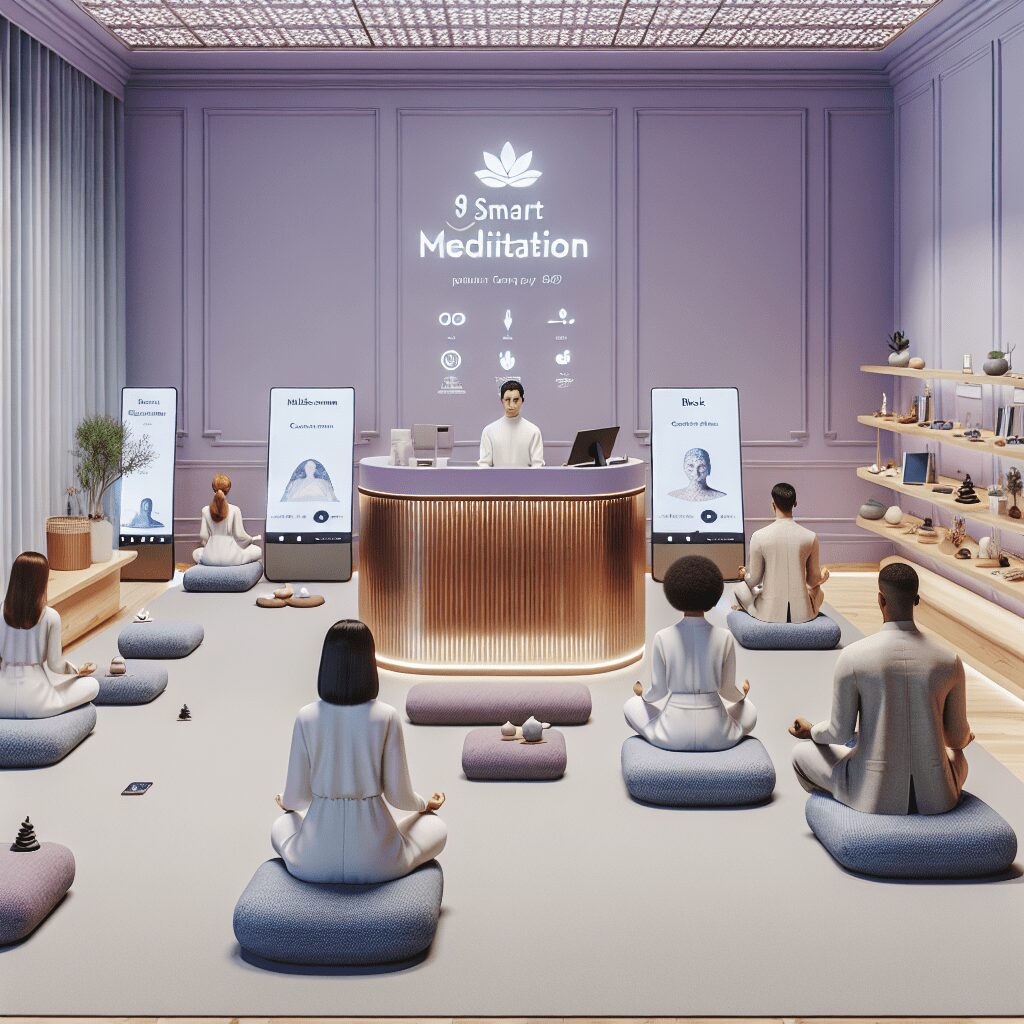
Prioritize your mental well-being daily. Enhance your life by nurturing your mental health with the Smart Meditation app. Break free from stress, alleviate anxiety, and enhance your sleep quality starting today.
How Can I Meditate If Its Painful To Cross My Legs?
Unraveling the Mystery of Comfortable Meditation
Ah, meditation! It’s the buzzword in wellness circles, isn’t it? From Silicon Valley moguls to your yoga-loving neighbor, it seems like everyone is on this bandwagon of silence and self-discovery. But here’s the rub: What if the classic lotus position is about as comfortable for you as sleeping on a bed of nails? Fear not, fellow seeker of tranquility. You don’t need to twist yourself into a pretzel to reap the myriad benefits of meditation. Let’s embark on a journey to find alternative positions that won’t leave your limbs crying for mercy.
Embracing Alternative Positions: Your Gateway to Serenity
First off, let’s bust a common myth: There’s no one-size-fits-all posture for meditation. The goal is to find a position that feels like home to you, where your mind can wander into the serene valleys of mindfulness without being yanked back by physical discomfort. Here are a few alternatives to cross-legged anguish:
- The Chair Conundrum:
-
Believe it or not, sitting in a chair is not cheating. Plant your feet firmly on the ground, keep your back straight (no slouching, please!), and let your hands rest on your thighs. Voilà! You’re in a perfect position to dive deep into meditation without the leg-cramping aftermath.
-
Standing Tall:
-
Ever heard of a standing meditation? It’s as simple as it sounds. Stand up straight, with your feet hip-width apart and your hands gently clasped in front of you or at your sides. It’s a fantastic way to stay grounded and fully present.
-
Lying Down with Intent:
-
For those days when you’re just too knackered to sit or stand, lying down is a heavenly option. Lie flat on your back on a comfortable mat, palms facing the sky, and legs naturally apart. Just try not to snooze halfway through your session!
-
Walking the Path:
- Meditation in motion, anyone? Walking meditation is a marvelous way to connect with your surroundings. Slow, mindful steps with a focus on your breath can transform a simple stroll into a meditative journey.
Tips to Enhance Your Meditative Experience
No matter which position you choose, a few universal tips can elevate your meditation practice:
- Set the Scene: Find a quiet spot where interruptions are as unlikely as finding a snowball in the Sahara.
- Time It Right: Whether it’s the crack of dawn or dusk, choose a time when you’re least likely to be disturbed.
- Comfort is Key: If sitting, consider a meditation cushion or a folded blanket to support your posture.
- Guidance Galore: Beginners may benefit from guided meditations available aplenty on apps and online platforms. A guiding voice can often lead you into deeper realms of calmness, especially when the going gets tough.
In the grand tapestry of meditation, how you fold your legs is just a tiny stitch. The real magic lies in your breath and the journey within. So, whether you’re perched on a chair or lying under the open sky, remember: the path to enlightenment is as flexible as your approach to it. Ready, set, meditate—your way!





